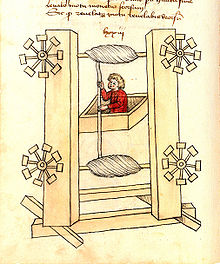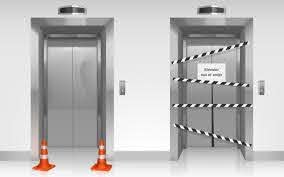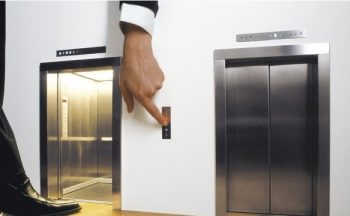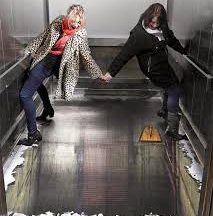 March 2021
March 2021
Pandemic restrictions on elevator use may have been misguided.
A Purdue University study suggests that short elevator rides offer lower risk of coronavirus transmission than outdoor dining and are comparable to grocery shopping. The three-month study investigated riskiness of elevators in regard to COVID-19 exposure. Travelling on public transit and working in an office or factory were identified as presenting greater risk.
The study examined how airflow in elevators impact on exposure to coronavirus during a two-minute elevator ride.
High-rise communities have instituted elevator access restrictions on the premise that each cab is a closed box without air circulation thus making the space riskier for coronavirus transmission. Elevators, by design, offer a high degree of air ventilation compared to most indoor spaces. Many include fans to further increase ventilation.
The elevator cab is not a “closed box” lacking ventilation. It is designed to facilitate ventilation and comply with building codes. This makes the risk of coronavirus infection less than when visiting a restaurant. Maintaining this level of safety requires that elevator systems are properly maintained through preventative maintenance and repairs to damaged systems.
The study was commissioned by Otis Worldwide, a manufacturer of elevator systems.







